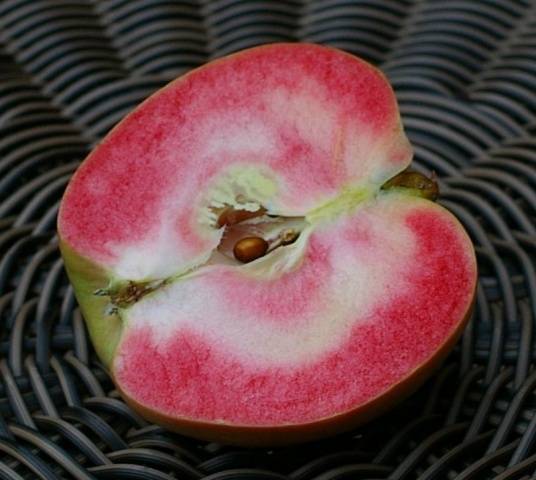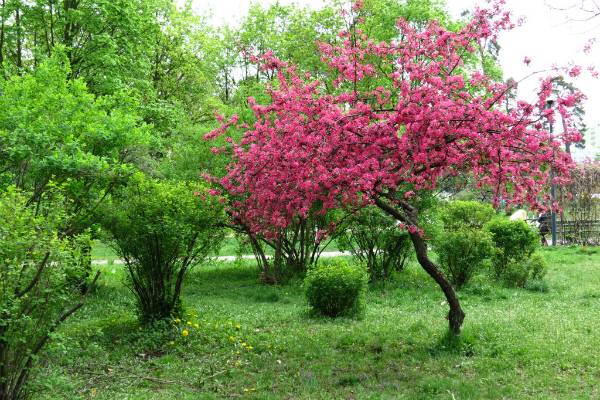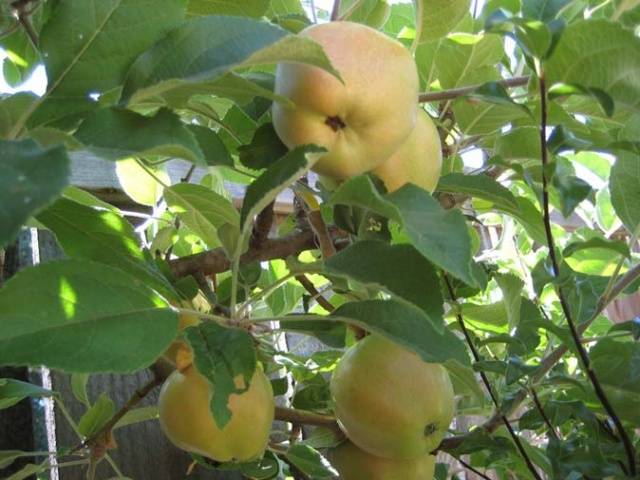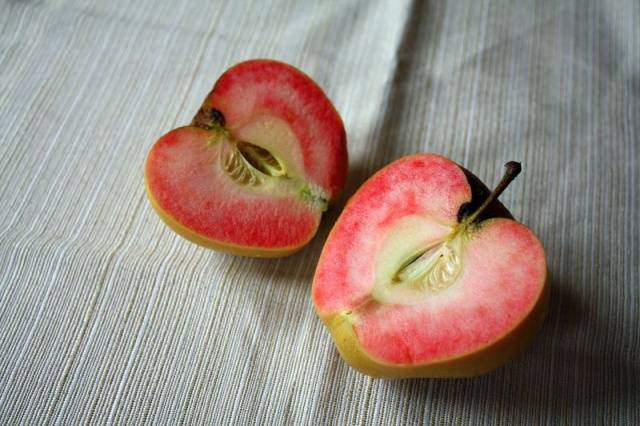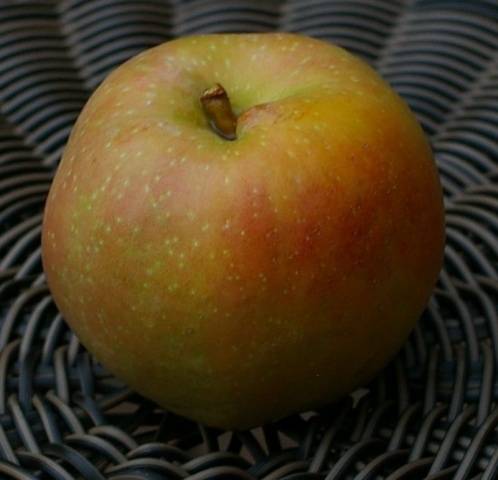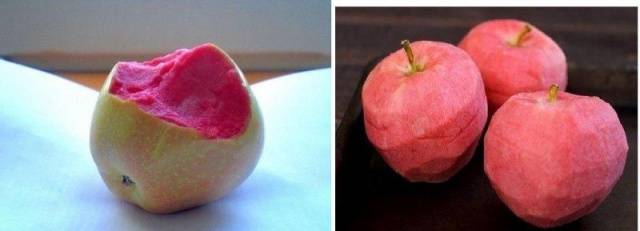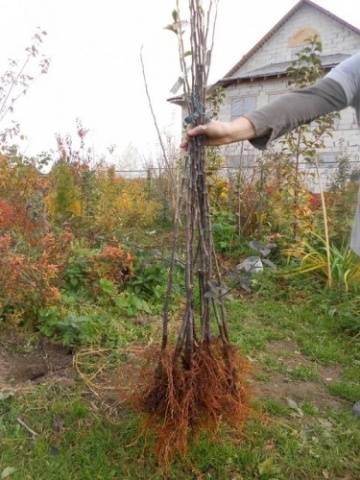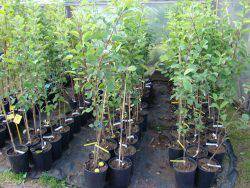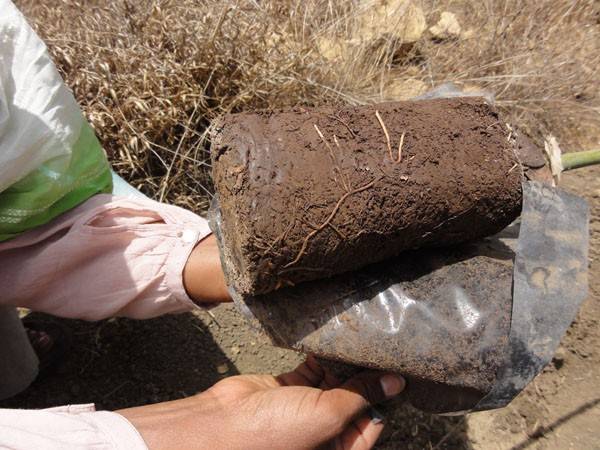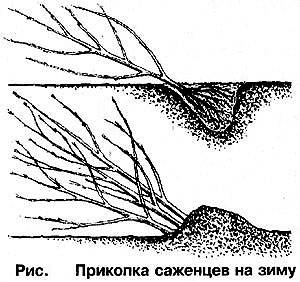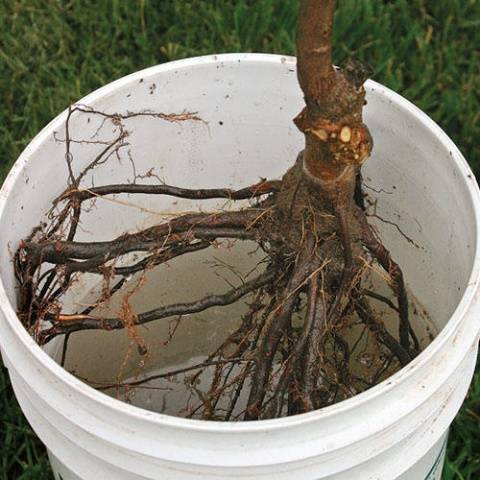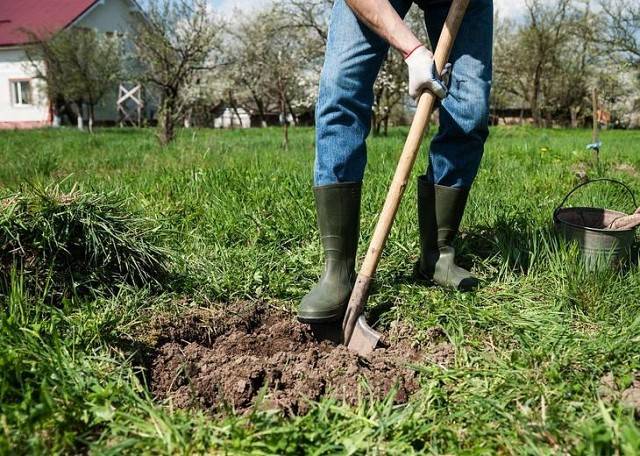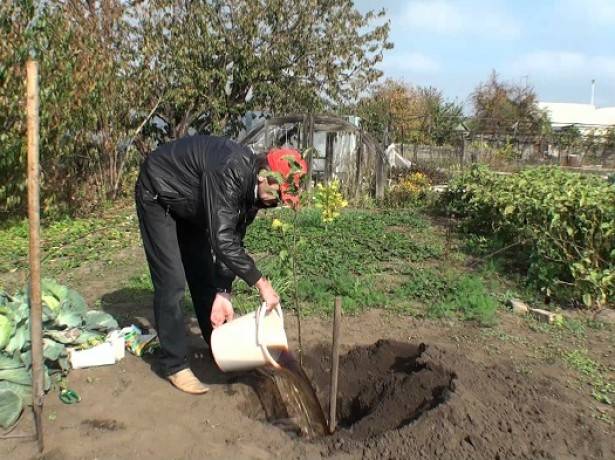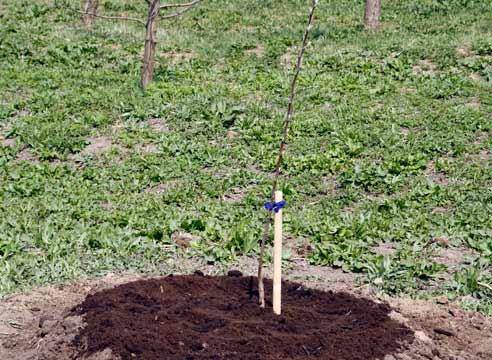Content
Among twenty thousand varieties of apples, this one stands out. And the point is not at all in appearance. Apples Pink pearls inside an unusual deep pink color. Depending on the conditions in which the apple trees grow, they can have completely red fruit pulp.
The history of the creation of the variety
In the creation of all varieties of apples with red pulp, a descendant of the Nedzwiecki apple tree, the red-meat variety Surprise, was used. Apple tree of Nedzvetsky originally from Dagestan, where it grows wild. It is also widespread in China. In horticulture, the Nedzwiecki apple tree is used not as a fruit tree, but as an ornamental plant with an unusual leaf color. It is especially good at the time of flowering, all strewn with bright pink flowers. The fruits of this apple tree, although small, are quite edible, they are used to make jams and compotes.
Apple tree Pink pearls were created in California more than 50 years ago by a breeder from the United States, Albert Etter. He spent almost 25 years on the selection process, patented the created variety, and then gave it for breeding in the nursery of The California Nursery Company. A year later, the apple variety was presented in the catalogs of fruit crops and quickly spread throughout the country. This fruitful and unpretentious tree is most often grown in the states of Oregon, California and Washington.
The unusual reddish-pink color of the apple pulp prompted the creator of the variety to have its original name - Pink Pearl, since, due to some heterogeneity of color, the pulp of the apple acquired a shimmering effect. The Pink Pearl variety has appeared on the Russian market quite recently, so this variety is not widespread.
In fairness, it must be said that Albert Etter was not the first in the business of breeding varieties of apples with red pulp. The outstanding Russian breeder Ivan Vladimirovich Michurin was also engaged in this and he succeeded well in this. The goal of his work in this area was to increase the frost resistance of apple trees, and the production of red apple varieties turned out to be a side effect.
The varieties he bred: Red Belfleur, Yakhontovoe, Krasny Standart, Komsomolets, Belfleur Record were distinguished not only by decorativeness, but also by a good taste of fruits. And the Red Bellefleur variety is still the standard among apple varieties with red flesh.
Among the modern varieties of apple trees with fruits that have red pulp, the Pink Pearl apple variety stands out, which has collected many positive reviews. Let's get to know him better. To do this, we will give the Pink Pearl variety a full description and description, but first let's look at the photo.
Description of the variety
Apple tree Pink pearl is a tree of weak growth, belongs to semi-dwarfs, can also be grown on a dwarf rootstock. It has green leaves. The apple tree Pink pearl enters fruiting early - 3-4 years after planting. In the first 3 years, the growth of branches is from 0.8 to 1 m.
The fruits of this apple tree are quite large - from 150 to 200 g, have a conical shape. The peel of apples is translucent, its color varies from light yellow to pink, due to a slight blush. The peculiarity of the fruit is the numerous white dots that cover the entire apple. The color of the fruit pulp is highly dependent on the light of the tree. If the amount of light is 50% of the norm, the staining will be weak. Under normal lighting conditions, the color of the apple pulp has different shades - from bright pink to red. The pulp is grainy and resembles a watermelon cut.The apple is very juicy, and the taste depends on the timing of picking. Fruits begin to ripen in the third decade of August and at this time they have a sweet taste with a fairly pronounced sourness and astringency. In the taste of such an apple, notes of grapefruit are well felt.
If you take a bite of a ripe apple, you can feel a hint of ripe raspberries in the taste. These apples can be stored for quite a long time - up to 5 months. Apples of any ripeness have a pronounced fruity aroma.
The Pink Pearl apple tree requires a pollinator. In the vicinity of other apple trees, the yield increases significantly. Pink pearls tolerate frosts well - up to -30 degrees, but they are not resistant to powdery mildew and scab. If the seedlings of the Pink Pearl apple tree could not be found, but were lucky with cuttings for grafting, then it is better to graft them on apple varieties with reddish or pink fruit pulp:
- Streyfling, popularly called Shtrifel;
- Borovinka;
- Robin;
- Pink filling;
- Susleipskoe.
Apples of the Pink Pearl variety not only have an excellent and original taste, but also a lot of useful properties.
Chemical composition and useful properties
Everyone knows about the healing properties of apples. But they are special for the Pink Pearl variety. Anthocyanins, which cause the original color of apples of this variety, are not synthesized in the human body, nevertheless they are extremely necessary for him. For a healthy person, their daily intake is 200 mg, and for a sick person - 300 mg. Anthocyanins do not have a cumulative effect, that is, they cannot be accumulated for future use, you need to consume products containing them daily. Anthocyanins have an amazing ability to help with many diseases:
- being strong antioxidants, they restore cell membranes, thereby preventing many diseases, including cancer;
- strengthen the immune system and fight harmful bacteria due to its bactericidal properties;
- strengthen the walls of the capillaries, including those that are in the eyeballs, therefore they are useful in cases of diabetic retinopathy;
- help to reduce intraocular pressure, helping in the treatment of glaucoma;
- are able to improve the condition of connective tissues, and there are many of them in the human body.
Pectins, which are also abundant in the Pink Pearl apple variety, remove harmful substances from the human intestine, improving the state of the digestive system.
But for these apples to be beneficial, the trees need to be properly cared for.
Sapling selection
Apple tree Pink pearls are still rarely found on the fruit crops market, so when buying it is better to contact trusted sellers with a good reputation. Otherwise, there is a risk of getting something completely different from what you expect. If you plan to make a purchase in an online store, be sure to ask for customer reviews to understand how conscientious the sellers are. Young seedlings of Pink Pearls do not have any characteristic varietal features. Therefore, when choosing, you need to focus on their quality.
There are certain indicators of healthy planting material:
- a one-year-old apple tree sapling should not have branches from the trunk, a two-year-old must have at least 2 side branches, for apple seedlings Pink pearls - at least 3. Older apple tree seedlings take root much worse and, due to their high height, are not sent by mail;
- the bark of apple seedlings Pink pearls should not be damaged, the color should correspond to the variety.To make sure that the bark is in good condition, you need to slightly pick it up, the green color will indicate a healthy seedling, only this must be done carefully so as not to leave damage;
- in the spring, there should be no open leaves on the apple tree, and in the fall the tree should finish falling leaves;
- a very important indicator is the condition of the roots of the apple tree, they should not be overdried, but waterlogging is also destructive for them, as it causes decay; root length - at least 30 cm, color - light, special attention - the preservation of thin suction white roots;
- it is important that the Pink Pearl apple tree seedling is grown in the same region in which it will be planted; southern seedlings in the middle lane, and even more so to the north, are simply doomed to perish.
Be careful: sometimes an apple tree seedling is placed in a container just before being sold. You cannot buy such copies, their root system is probably damaged. This is quite easy to understand: when grown in a container, the soil is slightly compacted. A freshly planted apple tree will have it loose. A tree grown in a container is not easy to remove from it, since the entire earthy clod has sprouted with roots. Pull lightly on the stem of the apple tree, if it is easy to feed - refuse to buy.
Planting and leaving
Apple tree seedlings Pink pearls with an open root system are best planted in spring - due to the not too high frost resistance, a poorly rooted tree will freeze in severe frosts. It happens that a seedling of an apple tree of the Pink Pearl variety was bought in the fall. Then, until spring, it should be dug in a horizontal position, sprinkling the roots with a thick layer of earth. Under a layer of snow, it will survive well until spring.
Preparing a seedling for planting
If the young apple tree was stored in proper conditions and its roots are not overdried, then before planting it is enough to cut off the damaged roots, and sprinkle the cuts with crushed charcoal. If the roots of the apple tree are dried, the root system of the tree should be soaked in water for a day. It is good to add a rooting stimulant to it, diluted in accordance with the instructions on the sachet.
Planting pit preparation
When planting an apple tree of the Pink Pearl variety in spring, the pit must be prepared in the fall, so that the earth has time to settle during the winter. The depth and width of the pit is 80 cm.The place for it should be well lit throughout the day, and the groundwater should lie low - deeper than 2.5 m.The Pink Pearl apple tree grows well on light and medium loams with a neutral soil reaction ... The soil should be well supplied with moisture, as this apple variety is sensitive to drought.
Planting a seedling
We install a high peg in the center of the pit, to which we will tie the seedling after planting. If the soil is fertile, it is enough to add a 0.5 liter can of ash to the bottom layer and mix well. Poor soil must be mixed with humus in a 1: 1 ratio. We pour a mound from the ground, on which we put the seedling, well spreading the roots.
Pour 10 liters of water into the pit. We carefully add the earth, adding to the last portion a complex fertilizer with microelements at the rate of 2-3 tablespoons. You shouldn't be zealous here. It is better to supplement the apple tree later. The top layer of soil needs to be compacted, you can simply stamp it with your foot, but without undue zeal. We designate the near-trunk circle with a side made of the ground, and pour another 10 liters of water into the resulting depression.
Further care
First of all, you need to shorten the central conductor by 3 buds, and if there are side branches, cut them too, but already to a shorter length. This is necessary to maintain a balance between the aboveground and underground parts of the seedling. We must mulch the trunk circle with humus, peat, hay, straw or mown grass.
If there is no rain, water the young apple tree weekly for 2 months, pouring a bucket into the trunk circle. In the future, you can do this less often, based on the needs of the tree. If the roots are bare, we add earth. In the first year, additional fertilization is not required for young apple trees. We pull out weedsif they appeared.
In the fall, we must protect the tree from hares by wrapping the trunk with any available material, we carry out water-charging irrigation and autumn fertilization of the soil.
For many gardeners, rare and unusual varieties of fruit trees, including apple trees, are of great interest. But the Pink Pearl variety will be needed not only by advanced gardeners. Everyone will like this tasty and healthy apple.
